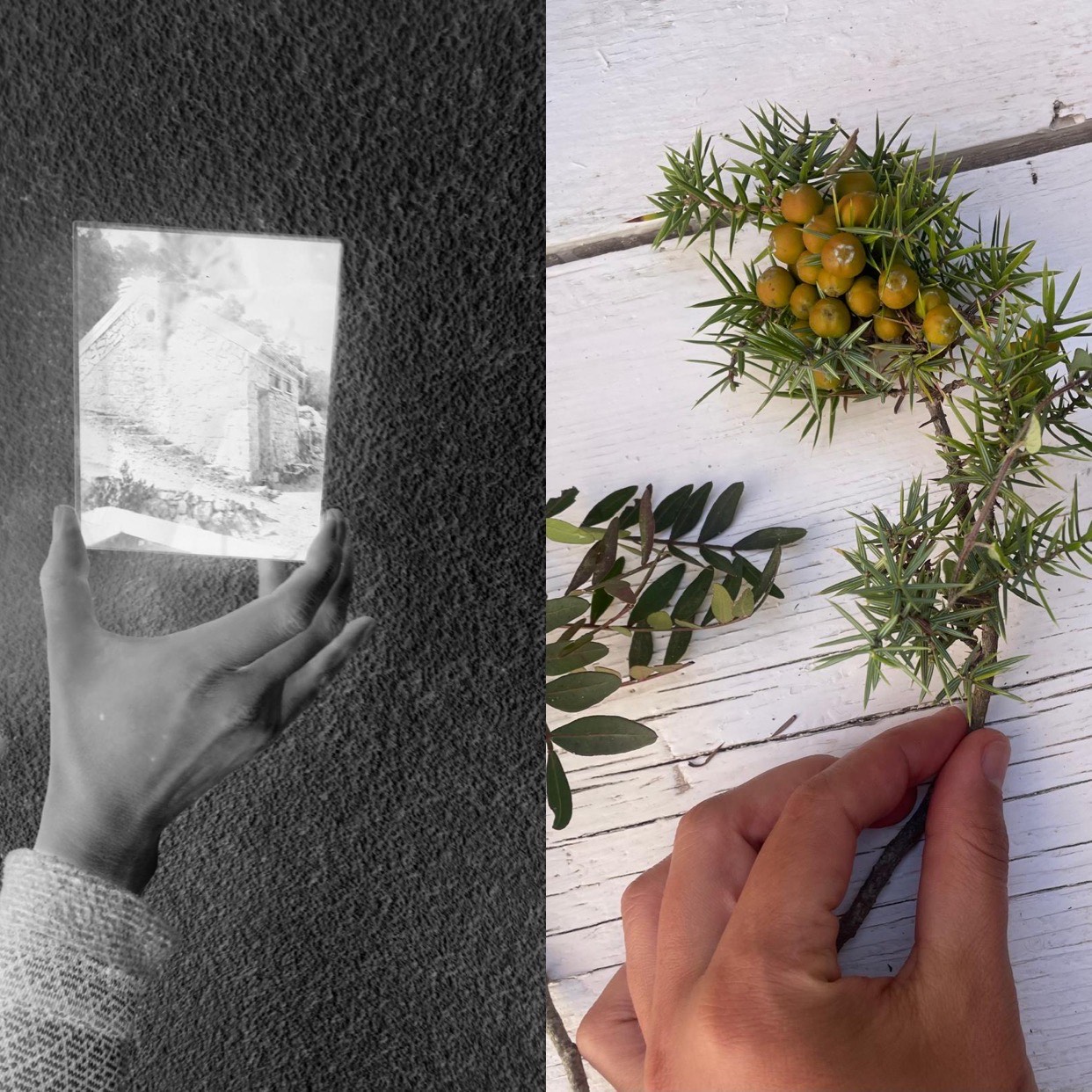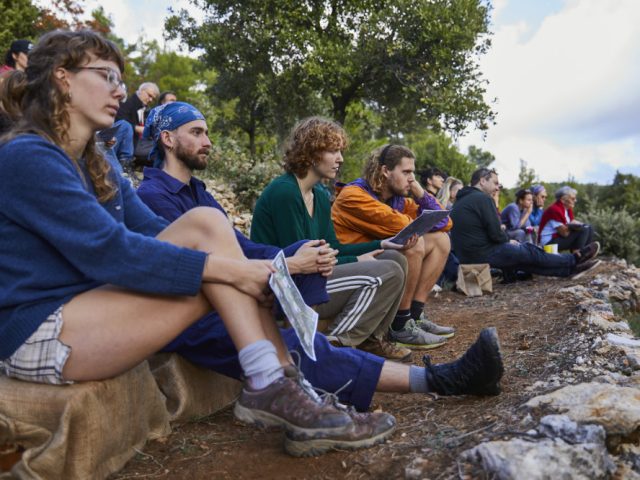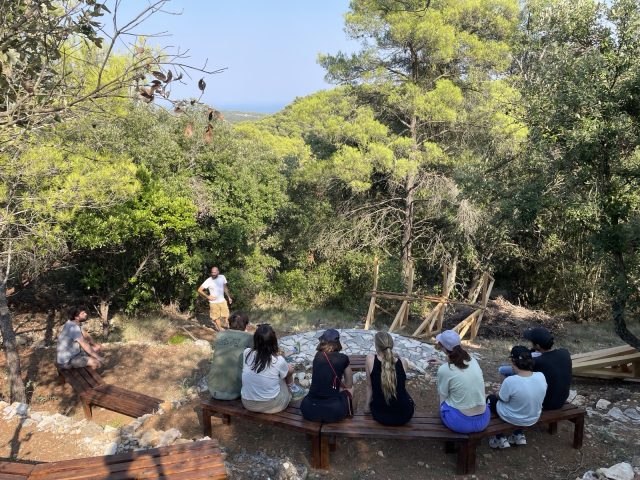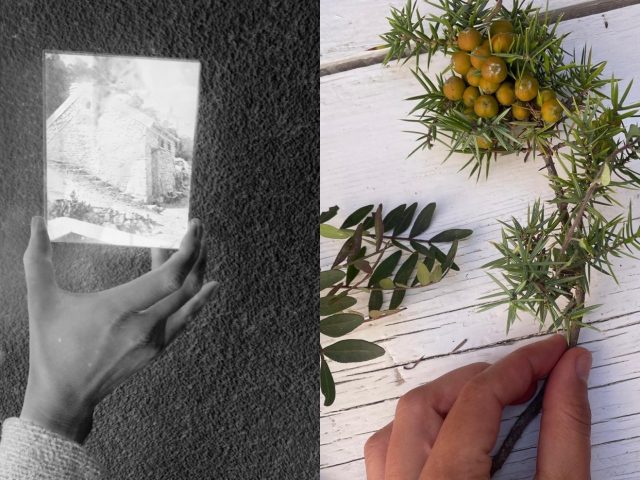Exploring the island through chromatography, glass plate photography, sunprint techniques and botanical toning

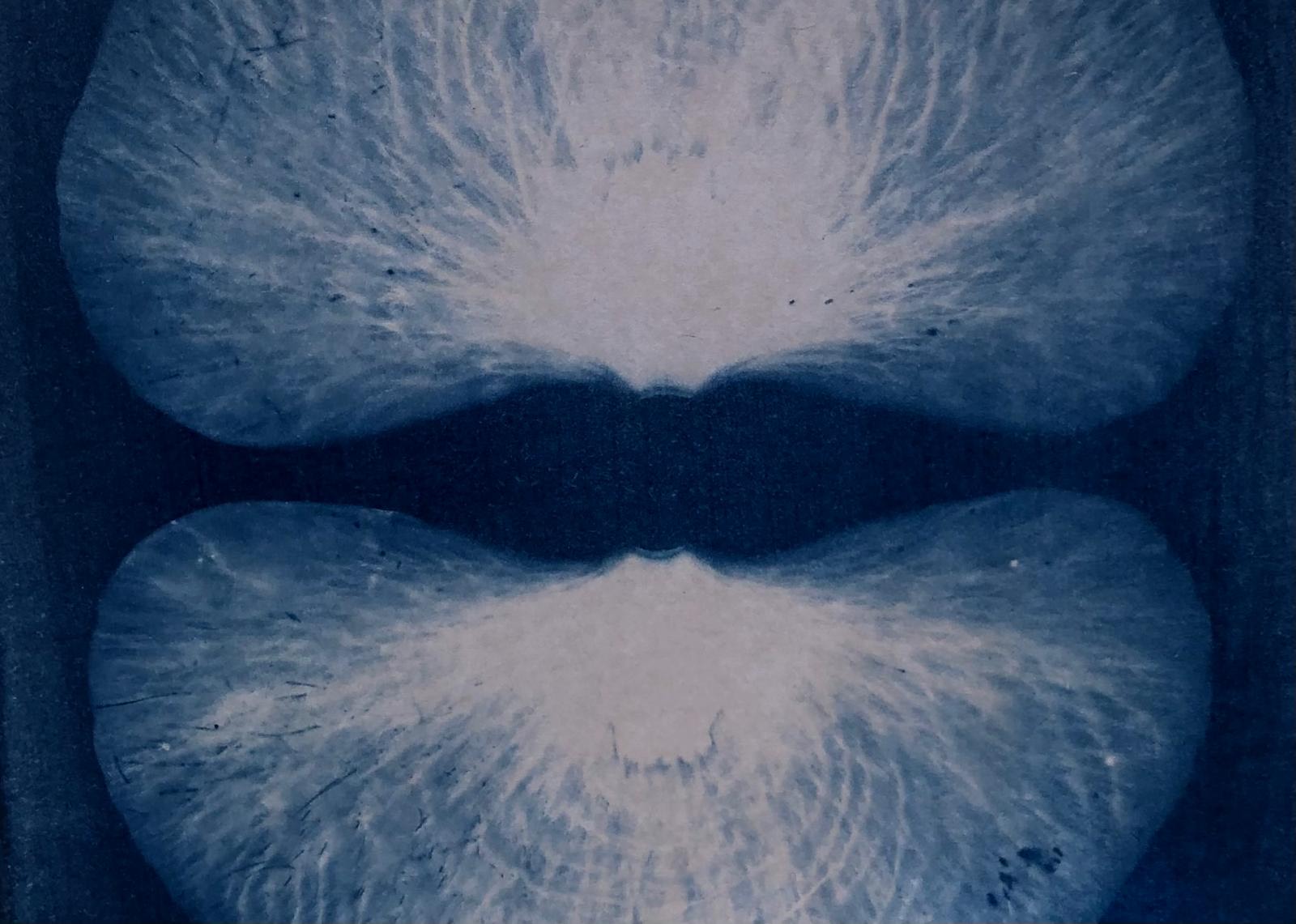

With Dora Đurkesac/Isabelle Goossens/Nadja Tobias
This hands-on workshop invites participants to explore traditional artistic techniques:
Glass plate photography using large format cameras
Pinhole photography
Developing film with plant-based developers
Cyanotype printing, a sun-powered process rooted in the 19th century
Botanical toning, following the techniques of Anette Golaz using plants sourced directly from the island
Soil and plant based chromatography, a visual technique that separates and reveals the hidden pigments and chemical compounds in natural materials, creating unique patterns that reflect the ecological and biochemical makeup of plants and earth
This workshop invites you to reconnect with nature through hands-on exploration of historical photographic techniques using local plants and soils as both subject and material. By engaging directly with the landscape of Vis, participants develop a deeper awareness of the natural world’s subtle systems and resilience. In a time of climate change, ecological collapse, migration, and conflict, this practice becomes an act of resistance—reclaiming slowness, care, and attention as tools for healing and support. Through creative experimentation, we learn from nature and honor it not just as inspiration, but as a companion in restoring balance.
Working with paper, glass, and fabric as mediums, you’ll create photographic collages by combining traditional techniques with natural materials. Using plants and soil collected from the island, you’ll experiment with toning and chromatography and produce unique visuals.
The workshop pays tribute to Anna Atkins, considered the first female photographer, who pioneered cyanotype for botanical illustration. Participants will also learn about the rich local flora—its medicinal uses, cultural significance, and its role in everyday life on Vis.
Workshop Structure
Introduction & Inspiration
Overview of the cyanotype process and its historical context, highlighting the work of Anna Atkins
Introduction to the workshop goals, working with pinhole camera and large format camera, materials (paper, fabric, glass), and techniques of developing film with plant- based developers, working with chromatography and toning cyanotype with botanicals.
Preparing the Materials
Step-by-step guidance on mixing and handling chromatography chemicals
Preparing the soil and plants
Creating Chromatography
Hands-on session creating chromatography with plant elements and soil
Preparing the Materials
Step-by-step guidance on mixing and handling cyanotype chemicals
Preparing surfaces for printing: treating paper and fabric
Creating Cyanotypes
Hands-on session creating cyanotypes with plant elements and glass plate photographs
Exposure using sunlight and arranging compositions
Experimentation with different materials and layering techniques
Botanical Toning
Presentation of botanical toning and work of Anette Golaz
Introduction to plant-based toning using local flora
Guided experimentation with toning techniques to transform your prints
Pinhole and large format camera photography and developing film with plant-based developers
Introducing to and working with pinhole and large format camera
Hands-on session developing film with plant-based developers
Review & Reflection
Group review of participants’ work with discussion on technique, results, and variations
Tips on how to adapt the process at home using accessible materials
Closing
Final reflections on learning and creative outcomes
Suggestions for continuing cyanotype and alternative photography practices independently
All materials are provided; no prior experience with alternative photography is required.
We invite you to create, experiment, and explore with us. Pomalo.
